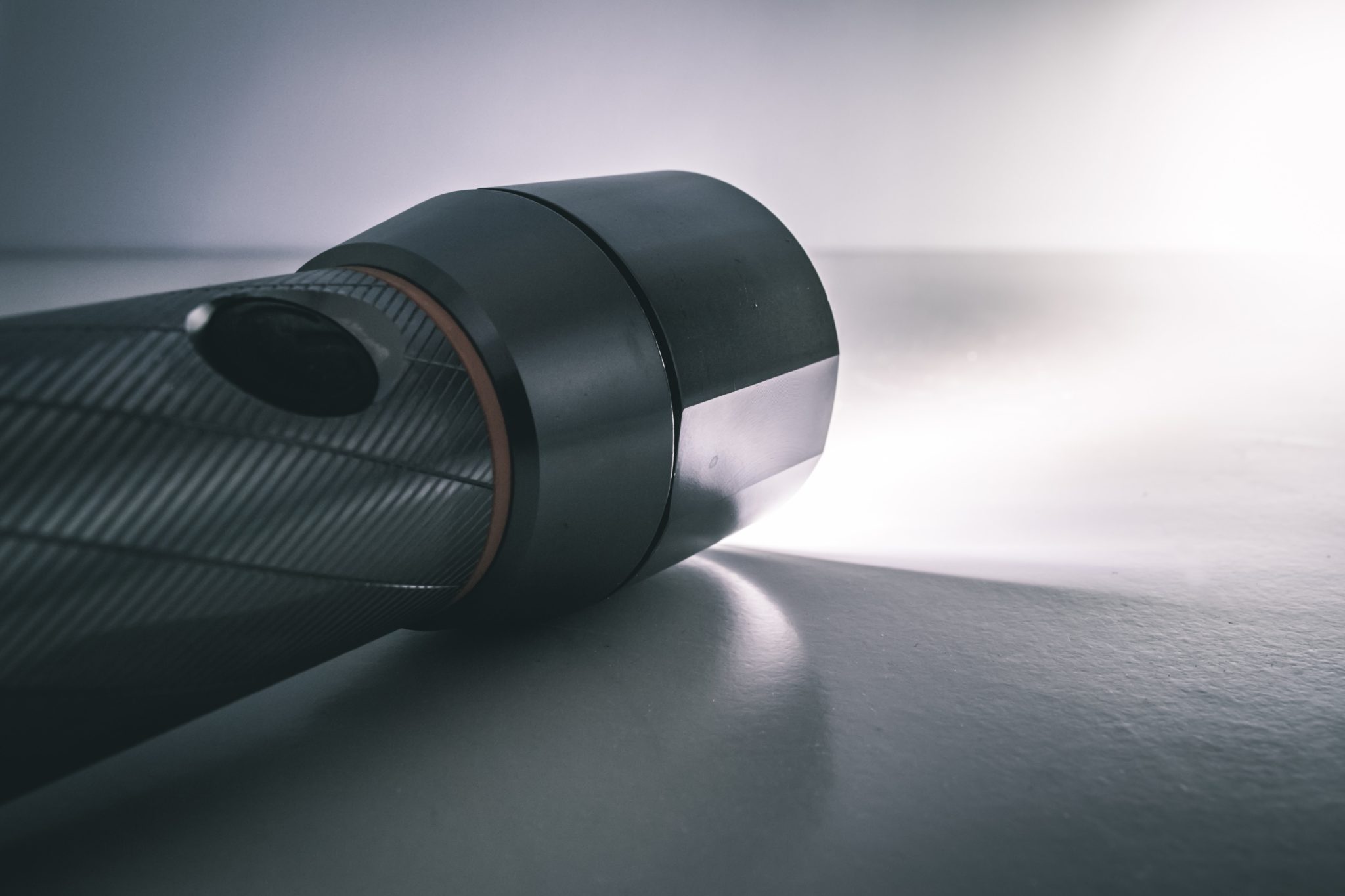By Cory Goeltzenleuchter
Pest control service kits have come a long way over the years. But even with all the different brands and new products they hold, some things stay true. Using an IPM (Integrated Pest Management) service kit helps you remain professional, saves time and keeps your customers safe. I call these devices “technician tool belts” as they allow us to go into any situation and be fully prepared to do the job. Whether walking into an apartment or a commercial kitchen, it is inevitable that in order to perform the job adequately, the technician is going to need many different items.
For example, different inspection tools, such as a flashlight, scraper or mirror are necessary. Multiple different treatment devices and products such as glueboards, insect monitors, gel baits, aerosols, etc., can also be used at each stop. Some kits even include a sprayer or foamer. Typically, you see these tools carried in the worst invention for a pest control technician — cargo pants. With different tools and products poking out of all 32 pockets, it is a hazard to complete an inspection or even to just sit down!
Utilizing any type of service kit will help you remain professional and avoid the cargo pants dilemma. Consider many other service industries. From plumbers and electricians, to roofers and other contractors, most will carry a plethora of tools around their belt. By keeping everything necessary in one area, you elicit the professional image that you are well-prepared and organized. It is a fact that you are considered to be “on stage” the minute you step out of your service vehicle. It is important to keep all of your materials and products neat and orderly in your service kit.
TYPES OF KITS. There are many types of service kits that you can use. The two primary types are bags or belts. Even a Husky tool bag is considered to be an IPM service kit as it helps you carry any material or product you might need while keeping the items out of your pockets. B&G Equipment offers an IPM Case that is carried over the shoulder and contains ample space for more than half a dozen aerosol cans and other materials. Two pouches on the side allow for the technician to carry an Accuspray device (mini sprayer), as well as an Aerosol Delivery Unit.
There are also “tool belt” style kits such as the Whitmire System III or, my favorite, the Airofog Technician Service Belt. This system comes with an over-the-shoulder strap that helps keep the belt in place and allows you to distribute the weight of the belt more evenly across the body. This system comes with a pouch to hold several items, as well as enough belt space to carry a gel bait applicator, a puff duster, a mini sprayer and an aerosol delivery unit. There are also smaller belt systems that allow you to add and customize the specific pockets you prefer to wear on the belt. Even adding a simple pouch for a gel bait gun or aerosol can will help you stay more organized and professional. You also may choose to customize your bag by adding your company logo to increase your brand awareness.
Another reason to use an IPM service kit is to save time. Think about the following potential scenario. You go into an apartment prepared to do a cockroach clean out. Glueboards are in one pocket, aerosol can in another and the cockroach gel bait gun tucked into yet another pocket. You begin service and the customer asks, “Can you treat some ants in my master bathroom as well?” You are forced to explain that you don’t have those materials on you, and you will need to run down to your vehicle. Meanwhile, your truck is parked six buildings down the block. Consider all the time wasted by not having all possible materials at your disposal. By carrying in several different applications, inspection and treatment methods and tools, you can ensure that you will be ready for whatever concerns the customer may have. With an IPM kit, every technician is prepared with all the tools necessary to complete the job.
Finally, using a service kit keeps the customers, their property and their pets safe from our tools and materials. While kneeling or crawling around equipment, your tools or products in your pockets may scratch a cabinet or other object. Even service bags that are meant to be placed down on the ground should have all of the products in a Velcro or zippered pocket. This provides one additional step or precaution to keep children and pets away from your materials. The service bags do allow more freedom of movement, but require more attention when moving from one area to another.
Overall, when it comes to an IPM service kit, the best choice is the choice to use any kit, period. Choose the kit that is most appropriate for your daily routine, and then customize that kit to what you are doing each day. Are you servicing all apartments, commercial kitchens or just residential stops? No matter what the situation requires, you can be assured that using the service kit will make you look more professional when “on stage,” will save you time by having all of your materials ready, and will help keep your customer’s family and pets safe.
Goeltzenleuchter, a member of the Copesan Technical Committee, serves as the technical director for McCall Service, Gainesville, Fla. He has a bachelor’s degree in entomology from the University of Florida.
This Tech Talk article was originally published in the July 2019 edition of PCT magazine.

